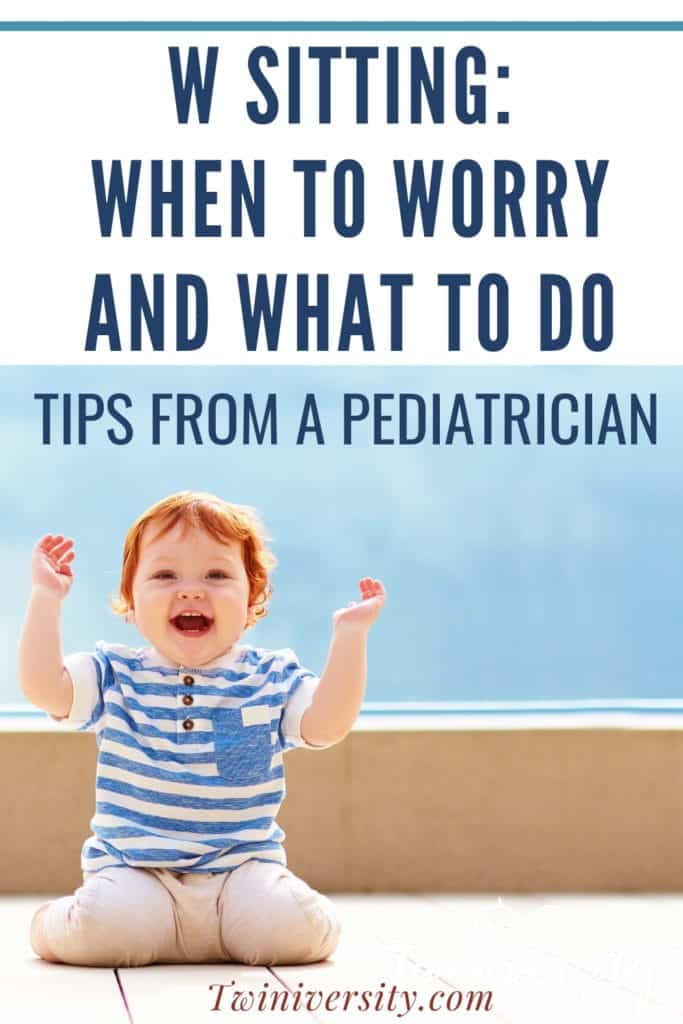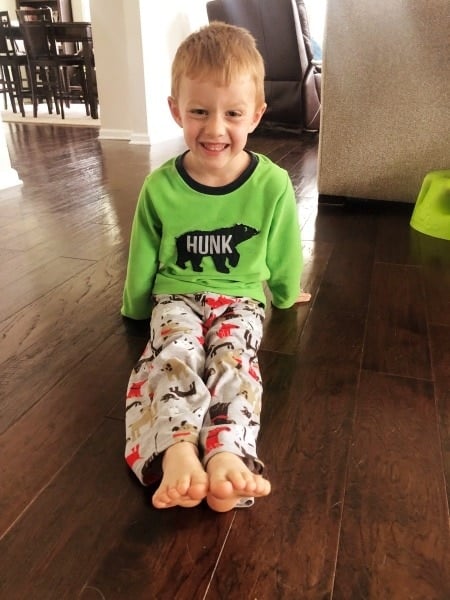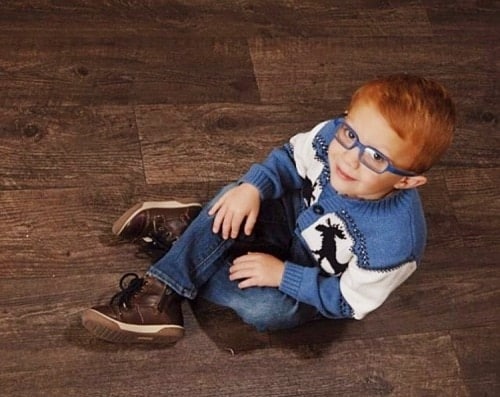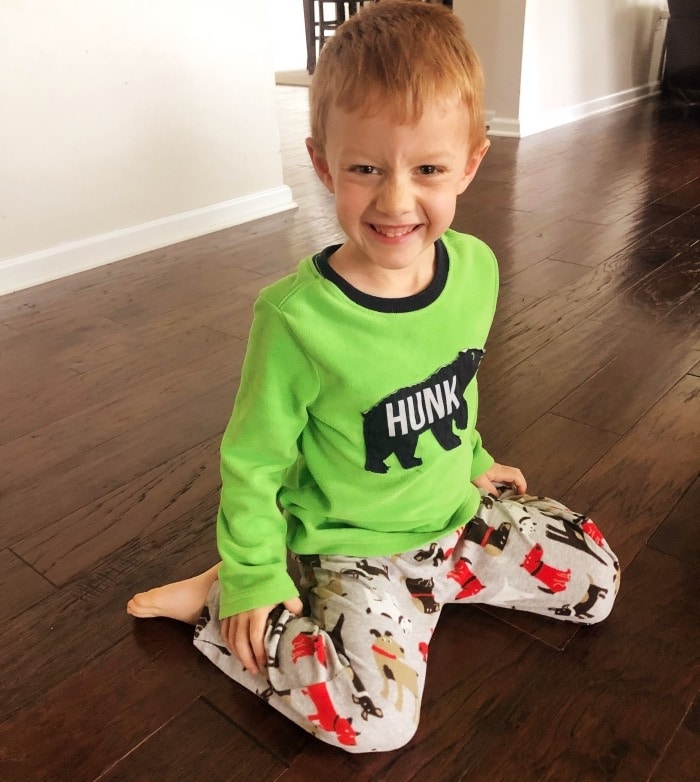Last updated on September 28th, 2021 at 01:35 pm

W sitting? You may have heard from mommy and daddy friends, family members, or your pediatrician that W sitting is a no-no. However, nearly all children will W-sit at some point during their development, so when should you be concerned?
Is W sitting normal?
W sitting is defined as a sitting position in which a child sits on their bottom with their knees bent and feet positioned outside of their hips. Their leg position makes the shape of the letter W.
You might also like to check out: How to Choose Toys to Support Your Child’s Development
Children often move easily in and out of this position when learning to crawl; when crawling they will pause and sit upright falling back into a W-sit position. This is not concerning. However, some children develop a habit of using a W-sit as their preferred sitting position – why?

Why is W sitting bad?
Children W-sit for a variety of reasons. The most common reason children choose a W sitting position is because it’s easy! Minimal trunk strength and core muscle activation is required to sustain a W-sit position. Children with lower muscle tone in their core and decreased trunk strength often choose this position because they have more endurance than in other sitting positions.
Another reason children choose a W sitting position is because it’s stable! Sitting in a W shape gives children a wide base of support, making them very stable for play. Children don’t typically fall from a W-sitting position as they may from other sitting positions; they also aren’t required to use balance reactions when W-sitting because of the wide base of support leaving their hands free for play and exploration.

As mentioned above, nearly all children will W-sit. There is no reason to be concerned if your child is using a W-sitting position as a transitional position (for example between sitting and crawling).
Is the W sitting position harmful?
If you find that your child is frequently W sitting for long periods of time during play, you will want to discourage this position and teach your child alternative play positions. Here are several reasons why to discourage W-sitting and the long-term impacts W-sitting can have:

Poor core strength development
If your child is persistently W sitting, they are not actively engaging their core muscles during play. This can have long-term impacts on posture and balance.
Check out this Twiniversity Article too: 7 Tips to Help you Choose Your Twins After School Activities.
Poor development of the hip joints/hip dislocation
If your child has a history of hip dysplasia, they should never be in a W-sit position. This position puts strain on the hips, knees, and ankles and can result in abnormal development of the hip joints.
Lack of cross midline skills
The W sitting position limits trunk rotation and weight shifting, making it difficult for children to reach across their bodies. This can have lasting impacts on balance reactions and coordination skills.

Poor development of hand preference
Again, the W sitting position limits trunk rotation, meaning the right hand tends to perform tasks on the right side of the body and the left hand tends to perform tasks on the left side of the body. Development of hand preference/dominance is important for handwriting and fine motor skill development.

Development of muscle tightness in the legs
When in a W sitting position, the legs are “locked” meaning muscles in the legs are not turning on/off, lengthening/shortening with movement as they should. This could lead to tightness throughout the hips, knees, and ankles, as well as poor gross motor skill development.
If you have noticed your child is W sitting, here are some easy strategies you can use to discourage W sitting and teach them better play positions.

Teach them alternative sitting positions; any of the following are preferred over W sitting:
Long sitting: Sitting with legs straight, feet out in front
Side sitting: Sitting with both knees bent and pointed in the same direction
Ring sitting: Sitting with legs in front, both knees bent in the shape of a ring
Criss-cross sitting: Sitting “criss-cross applesauce” – legs are crossed, knees bent, feet tucked underneath
Bench sitting: Sitting on a stool or couch cushion; this is a great technique for kids who are very persistent W-sitters when on the floor

Remind them frequently to “fix their legs”. I like to tell my kids – make sure you can see your toes when you’re sitting. This helps prevent those feet from being behind them as is the case in W-sitting
Engage in active play where your child is frequently changing positions to prevent them from spending a lot of time in W sitting on the floor.
If you have additional questions or concerns, you can always discuss W sitting and it’s long-term impacts with your pediatrician. If your child is under the age of 3, early intervention therapists may be able to help, as well.

Stacey Haught, DPT, is mom to 7-year-old Madison, 5-year-old twin boys Mason and Mitchell, and 7-month-old twin girls Sadie and Sophia. She is a pediatric physical therapist but has put her career on hold to stay at home with her rambunctious five kids. She resides with her husband and kids just outside of Pittsburgh, PA. Her family enjoys everything outdoors regardless of the season – finding new sledding hills, exploring area parks, and hiking and camping at their family cabin.
References
Fujimori M, et al. Effect of W-Sitting on Standing Posture of Preschool Age Children. Rigakuryoho Kagaku. July 2015.
Kyvelidou A, et al. Severity and Characteristics of Developmental Delay can be Assessed Using Variability Measures of Sitting Posture. Pediatric Physical Therapy. 2010.
Pathways.org
Price CT, et al. Prevention of Hip Dysplasia in Children and Adults. Orthopedic Clincs. July 2012.
Van der Heide, JC et al. Development of Postural Adjustments During Reaching in Sitting Children. Experimental Brain Research. July 2003.
Related Articles
Torticollis: A Physical Therapist’s Perspective
Does My Baby Really Need to Crawl? The Benefits of Crawling
Tips From A Physical Therapist For A Healthy Back








